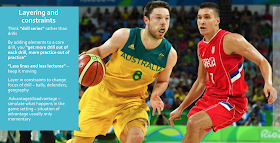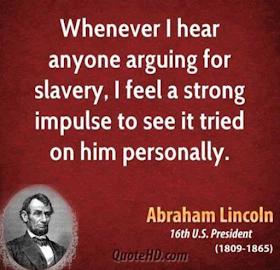Some numbers need calculation. Others stand alone without manipulation. One calculation and four "combinations" elevate our chance of success.
2
1. EFG % As Einstein derived E = mc , so basketball calculus bestows Effective Field Goal percentage:
Vary the two and three point percentage to see the combined impact. Here's a link to an EFG% calculator.
Golden State is thirtieth.
2. 10-80-10 In Above the Line, Urban Meyer explains the ability rank according to percent, the top ten, the middle eighty, and the bottom ten. He required top ten percenters to bring a middling player with them to workouts, seeking to elevate more of the middle class into elite status.
3. 90-10. Zak Boisvert changed his thinking on the proportion of information and emotion he brings to coaching. He says that jumping up and down like a madman isn't making his team better. The details we share to create small edges define us.
4. 80-20 (Pareto Principle). The Pareto Principle informs us to spend the bulk of time and effort on the most important solutions. Wikipedia shares, "It has been inferred the Pareto principle applies to athletic training, where roughly 20% of the exercises and habits have 80% of the impact and the trainee should not focus so much on a varied training." We know that high intensity interval training (Tabata Method) produces similar gains in aerobic fitness to much higher volume of cardio.
5. 3-7-2. Every defensive possession matters. Three-seven-two means getting three consecutive stops, seven times per half in each half. As Darren Hardy reminds us in The Compound Effect, "winners are trackers."
Brad Stevens observation above.
6. 95. Billy Donovan reminds players about the ninety-five percent of the game that you play without the ball.
Lagniappe: We form first impressions quickly and sometimes haphazardly.
Lagniappe 2: Young players struggle with a myriad of concepts. Restate them in a variety of ways.
- Defense needs five guys defending at all times. "The ball scores." Just because your guy didn't score doesn't mean you played team defense.
- "Load to the ball." Get the offense outnumbered.
- "Defend one and one-half players." 1.5 means embracing help and recover.
Make the offense execute the "hard things" of paint touches and ball reversal.



































